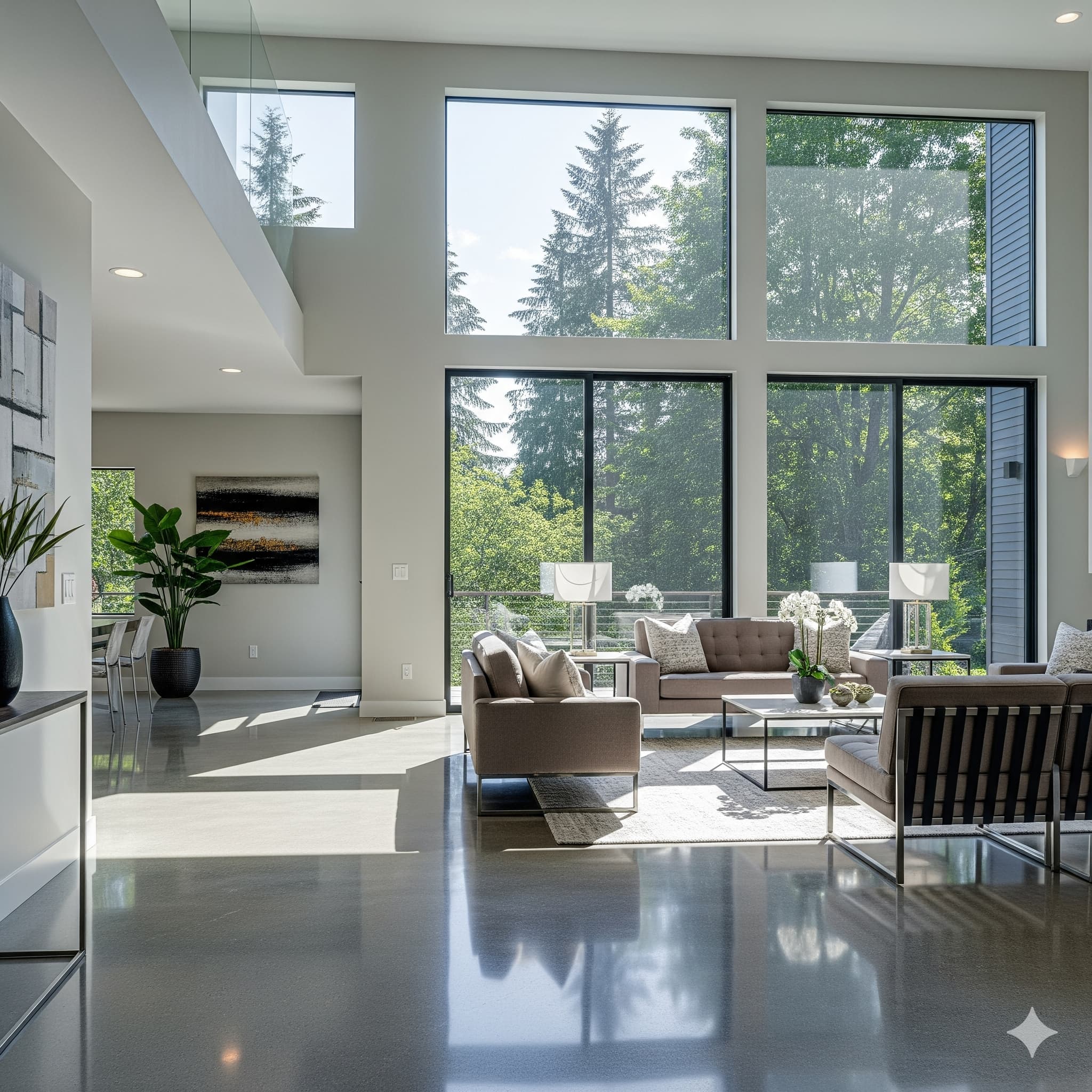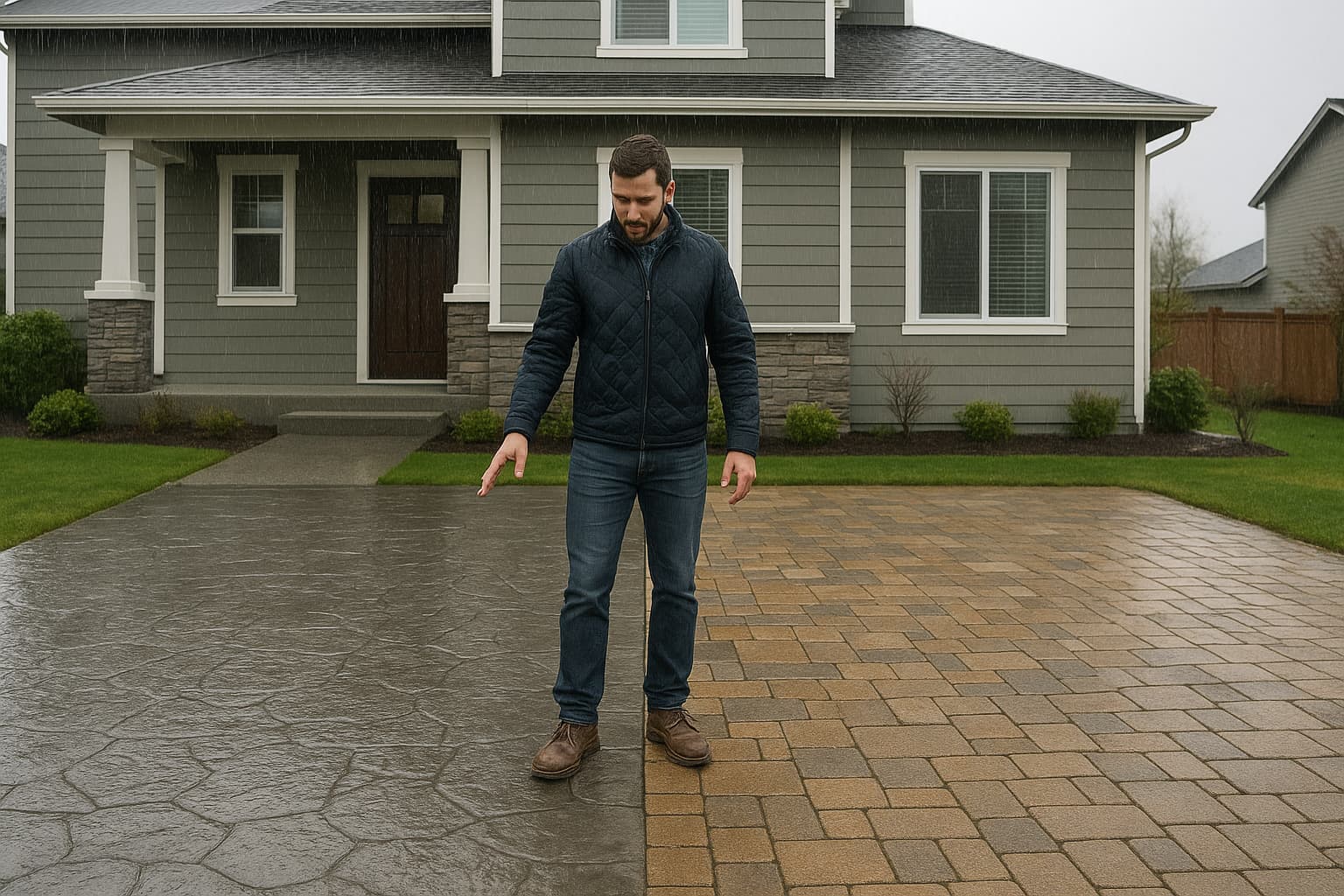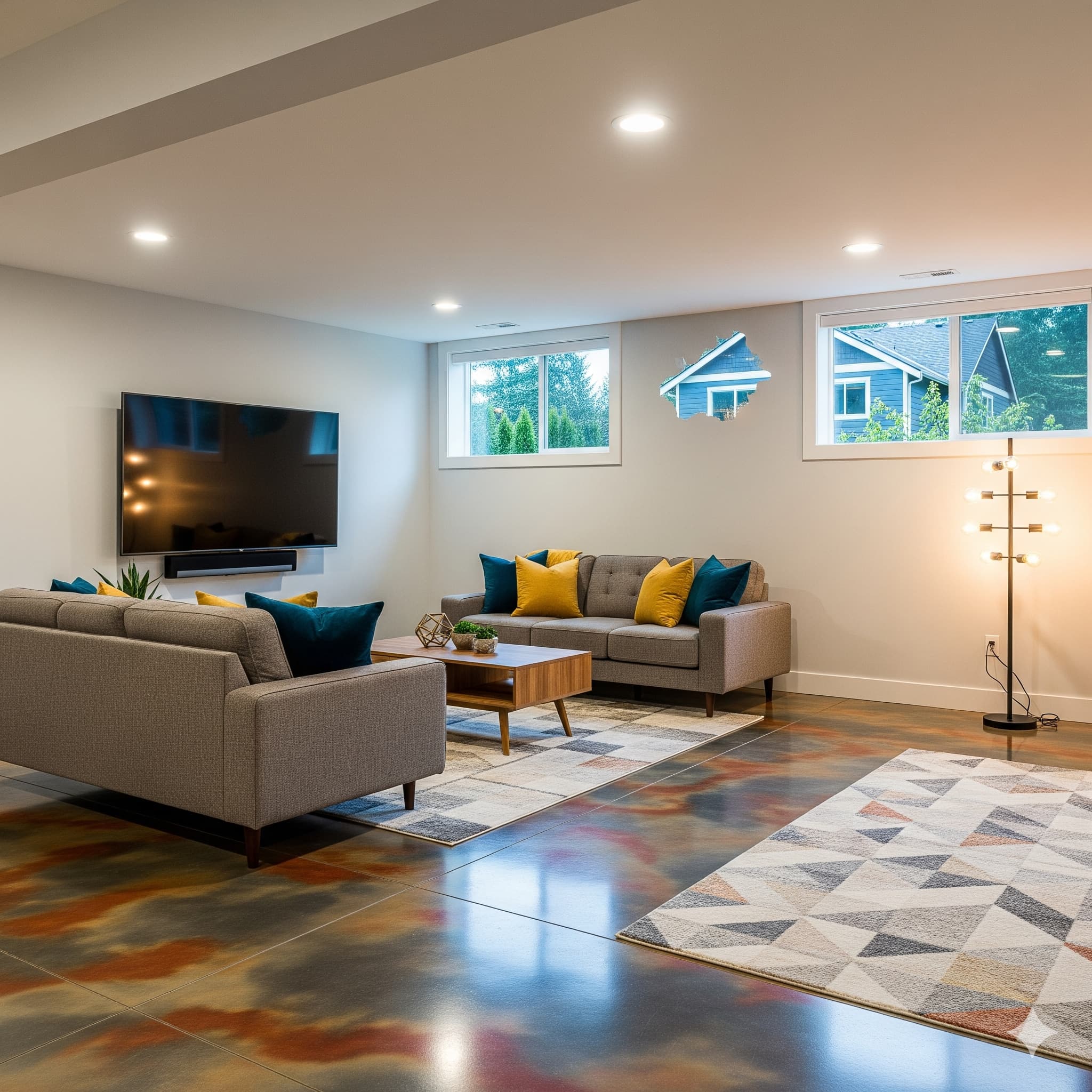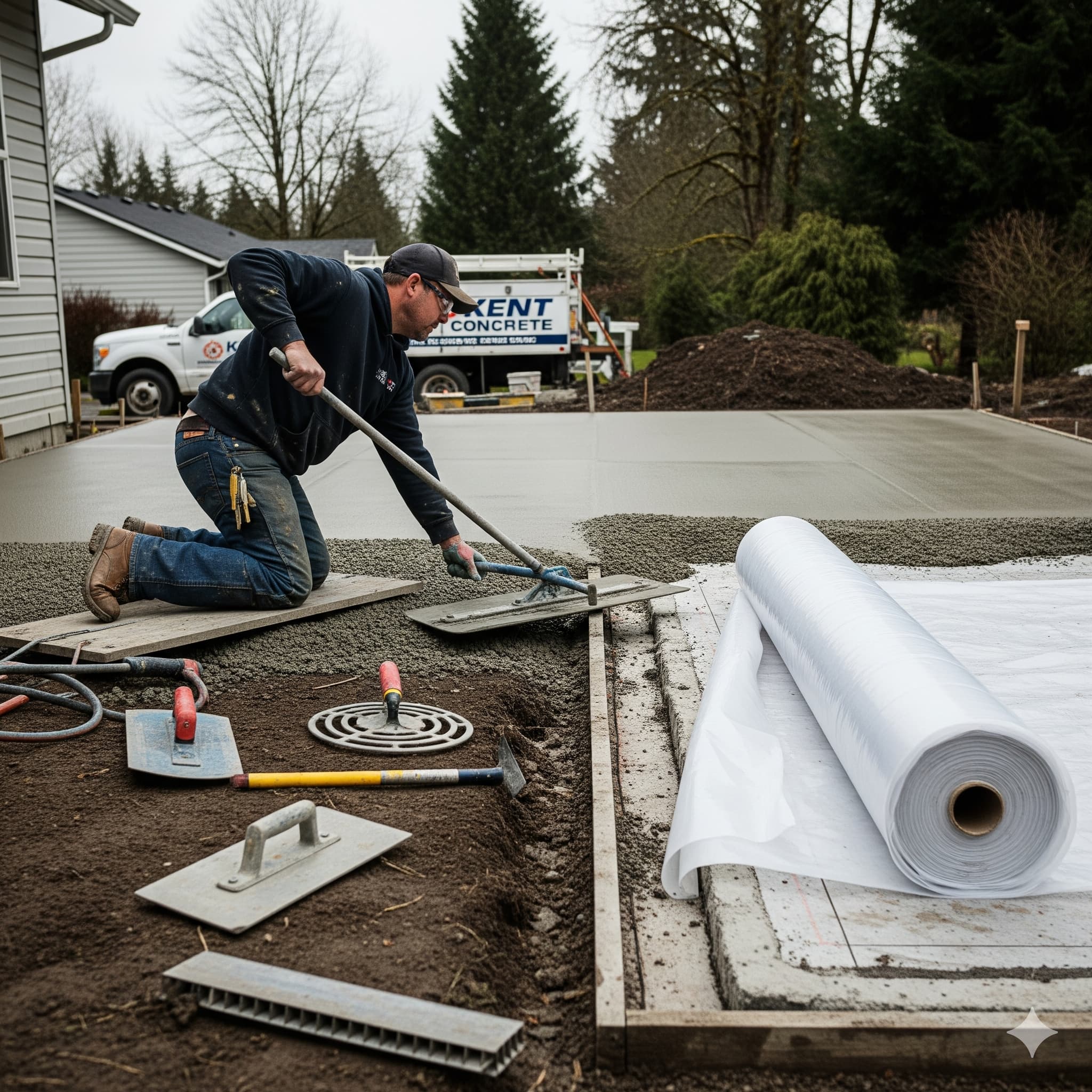
Concrete Flooring for Kent Homes: Pros & Cons
Concrete flooring has emerged as a popular choice for Kent homeowners seeking durable, contemporary flooring solutions that complement the Pacific Northwest’s architectural trends and lifestyle preferences. Understanding both the advantages and limitations of concrete floors helps homeowners make informed decisions about this increasingly popular flooring option for residential applications.
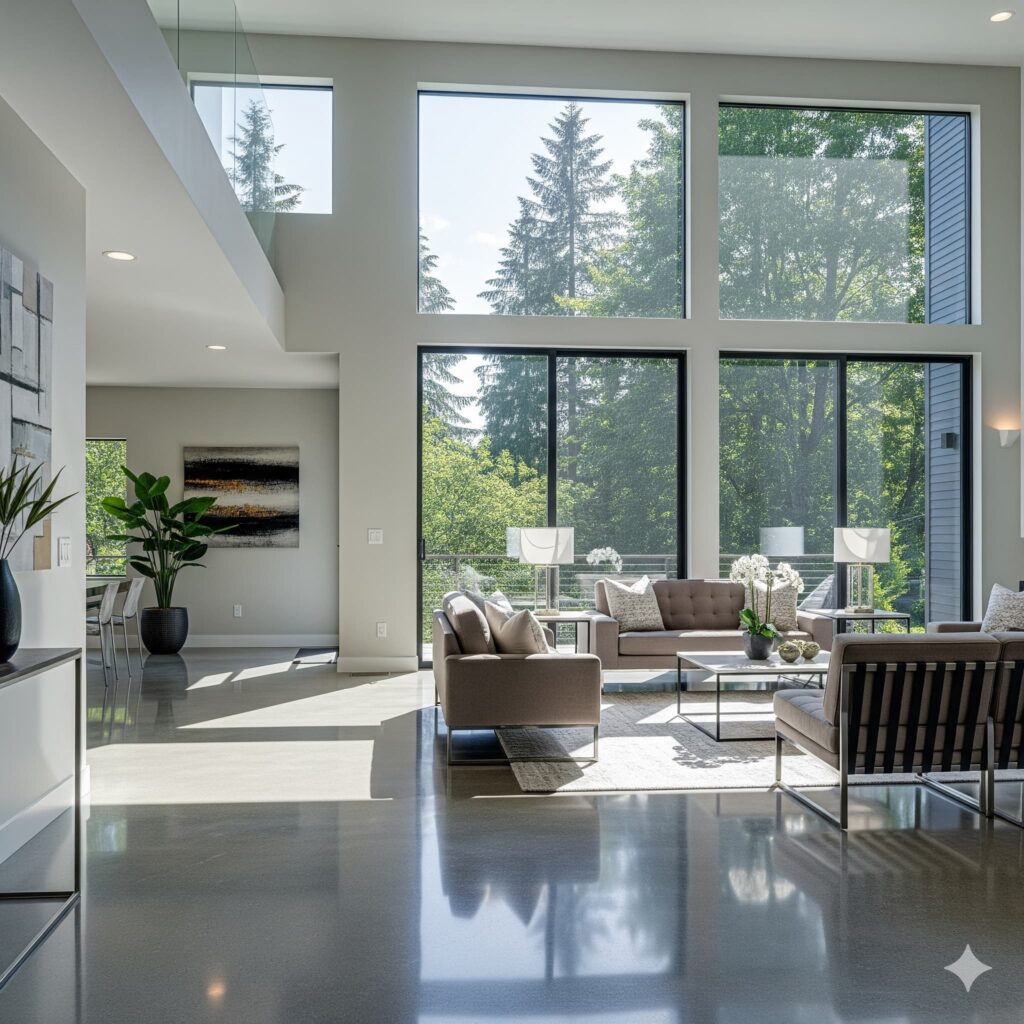
The Growing Appeal of Concrete Flooring
Kent’s modern home construction and renovation trends increasingly embrace industrial-inspired design elements that concrete flooring supports beautifully. The material’s versatility allows integration with both contemporary and transitional design styles popular throughout the region’s diverse neighborhoods.
Environmental consciousness among Pacific Northwest residents aligns well with concrete flooring’s sustainability benefits, including long lifespan, minimal processing requirements, and compatibility with radiant heating systems that improve energy efficiency.
Cost considerations drive many homeowners toward concrete flooring as renovation budgets seek maximum impact. The material’s durability and low maintenance requirements often justify initial installation costs through long-term value and reduced replacement needs.
Modern concrete flooring techniques have evolved far beyond basic gray slabs, offering polished finishes, staining options, and decorative treatments that create sophisticated residential environments throughout Kent’s varied housing stock.
Major Advantages of Concrete Flooring
Durability ranks among concrete flooring’s most significant benefits, with properly installed floors lasting 50 to 100 years without replacement. This longevity proves particularly valuable in Kent’s active households and homes with pets or children who create heavy wear patterns.
Maintenance simplicity appeals to busy homeowners who appreciate flooring that requires only regular sweeping and occasional mopping. Unlike carpet or hardwood, concrete floors resist stains, don’t harbor allergens, and maintain appearance with minimal effort.
Thermal mass properties provide natural temperature regulation that reduces heating and cooling costs. Concrete floors absorb heat during warm periods and release it gradually, moderating indoor temperatures and supporting energy efficiency goals common among Kent homeowners.
Design flexibility allows concrete floors to accommodate various aesthetic preferences through polishing, staining, scoring, or overlay applications. These options enable customization that complements Kent’s diverse architectural styles from mid-century modern to contemporary designs.
Moisture resistance makes concrete flooring ideal for Kent’s humid climate and homes prone to occasional water intrusion. Unlike wood or carpet, concrete floors won’t warp, rot, or develop mold when exposed to moisture.
Potential Disadvantages and Limitations
Hardness concerns affect comfort during extended standing or activities on floor level. The unforgiving surface can cause fatigue and discomfort, particularly problematic for households with young children who spend significant time playing on floors.
Cold surface temperatures, while beneficial for thermal mass, can feel uncomfortable during Kent’s cool months without radiant heating systems. The concrete’s tendency to feel cold underfoot may require area rugs or heated systems for optimal comfort.
Sound transmission increases with concrete floors, which provide minimal acoustic insulation compared to carpet or other soft flooring materials. This characteristic can create noise issues in multi-story homes or spaces requiring sound control.
Limited warmth and texture compared to traditional flooring materials may not suit all design preferences or lifestyle needs. Homeowners seeking cozy, traditional aesthetics may find concrete floors too industrial or stark for the desired ambiance.
Installation complexity and potential for cracking require professional expertise and proper techniques to prevent future problems. Poor installation can result in expensive repairs or replacement that exceeds the costs of alternative flooring materials.
Cost Considerations for Kent Homes
Installation costs vary significantly based on the condition of existing floors and the desired finish level. Basic polishing of existing concrete may cost $3 to $8 per square foot, while complete new installations with decorative treatments range from $8 to $18 per square foot.
Preparation requirements often represent substantial portions of project costs, particularly when removing existing flooring or addressing substrate issues. Homes with basement applications or slab-on-grade construction typically experience lower preparation costs.
Comparative analysis with alternative flooring materials often favors concrete when considering lifespan and maintenance costs. While initial costs may exceed some options, concrete flooring’s longevity and minimal maintenance provide excellent long-term value.
Hidden costs may include radiant heating installation, area rug purchases for comfort, or acoustic treatments to address sound concerns. Budgeting for these potential additions ensures a realistic project cost assessment.
Installation Process and Timing
Existing floor assessment determines preparation requirements and installation approach. Homes with suitable concrete substrates may require only surface preparation and finishing, while others need complete concrete installation.
Surface preparation proves critical for optimal results and may include grinding, shot blasting, or chemical etching to create proper bonding surfaces. This phase often represents the most labor-intensive portion of concrete flooring projects.
Application timing requires coordination with other renovation activities and Kent’s weather patterns for optimal curing conditions. Interior concrete work offers more weather independence than exterior projects but still benefits from proper temperature and humidity control.
Curing periods require 24 to 48 hours before light foot traffic and 7 to 14 days before full use, depending on installation type. Planning around these timelines prevents damage while ensuring optimal performance.
Aesthetic Options and Customization
Polished concrete creates a sophisticated, contemporary appearance that reflects light and enhances spatial perception. Various polish levels from matte to high-gloss accommodate different aesthetic preferences and maintenance considerations.
Staining options provide virtually unlimited color possibilities while maintaining concrete’s natural variations and character. Acid stains create organic, variegated appearances while water-based stains offer more consistent coloration.
Decorative scoring and pattern creation allow geometric designs or artistic elements that personalize concrete floors. These techniques work particularly well in Kent homes seeking unique design features that complement architectural character.
Overlay systems enable dramatic transformations, including textures that mimic stone, tile, or other materials. These applications provide decorative options while maintaining concrete’s durability and performance benefits.
Climate-Specific Performance in Kent
Moisture management proves less challenging with concrete floors compared to organic materials susceptible to Pacific Northwest humidity. Proper sealing prevents moisture absorption while allowing vapor transmission, which prevents problems.
Temperature variations affect concrete floor comfort throughout Kent’s seasonal changes. Radiant heating integration provides optimal comfort while maximizing the energy efficiency benefits of concrete’s thermal mass properties.
Indoor air quality benefits from concrete flooring’s resistance to allergen accumulation and ease of cleaning. This advantage proves particularly valuable for families with allergies or asthma, common in the Pacific Northwest’s challenging environment.
Seasonal performance remains consistent throughout the year, unlike some flooring materials that may expand, contract, or change characteristics with humidity variations common in Kent’s climate.
Maintenance and Long-Term Care
Daily maintenance involves simple sweeping and damp mopping with neutral cleaners. Avoiding harsh chemicals and abrasive cleaning tools preserves surface finishes while maintaining optimal appearance.
Periodic sealing maintains stain resistance and surface protection, typically required every 2 to 5 years depending on traffic levels and wear patterns. Professional resealing ensures optimal protection and appearance restoration.
Repair procedures for minor damage remain straightforward with proper techniques and materials. Small cracks or surface imperfections can often be addressed without affecting surrounding areas or requiring major refinishing.
Long-term expectations include minimal deterioration with proper care and occasional maintenance. Quality concrete floors maintain functionality and appearance for decades while requiring significantly less attention than most alternative materials.
Professional Installation Benefits
Kent Concrete Masters provides specialized expertise in residential concrete flooring that ensures optimal results for Pacific Northwest applications. Professional assessment determines the best approach for specific homes and conditions.
Quality control during installation prevents common problems, including uneven surfaces, improper curing, or finish defects that compromise performance and appearance. Professional oversight ensures long-term satisfaction with flooring investments.
Warranty coverage protects homeowners against installation defects while providing ongoing support for maintenance questions and minor issues that may arise during the floor’s service life.
Local knowledge of Kent’s building practices, climate challenges, and design preferences ensures concrete flooring installations complement regional architectural styles while performing optimally in Pacific Northwest conditions.
Concrete flooring offers compelling advantages for Kent homeowners seeking durable, low-maintenance, and contemporary flooring solutions. Understanding both benefits and limitations ensures informed decisions that align with lifestyle needs, aesthetic preferences, and long-term property goals in the Pacific Northwest’s unique environment.
